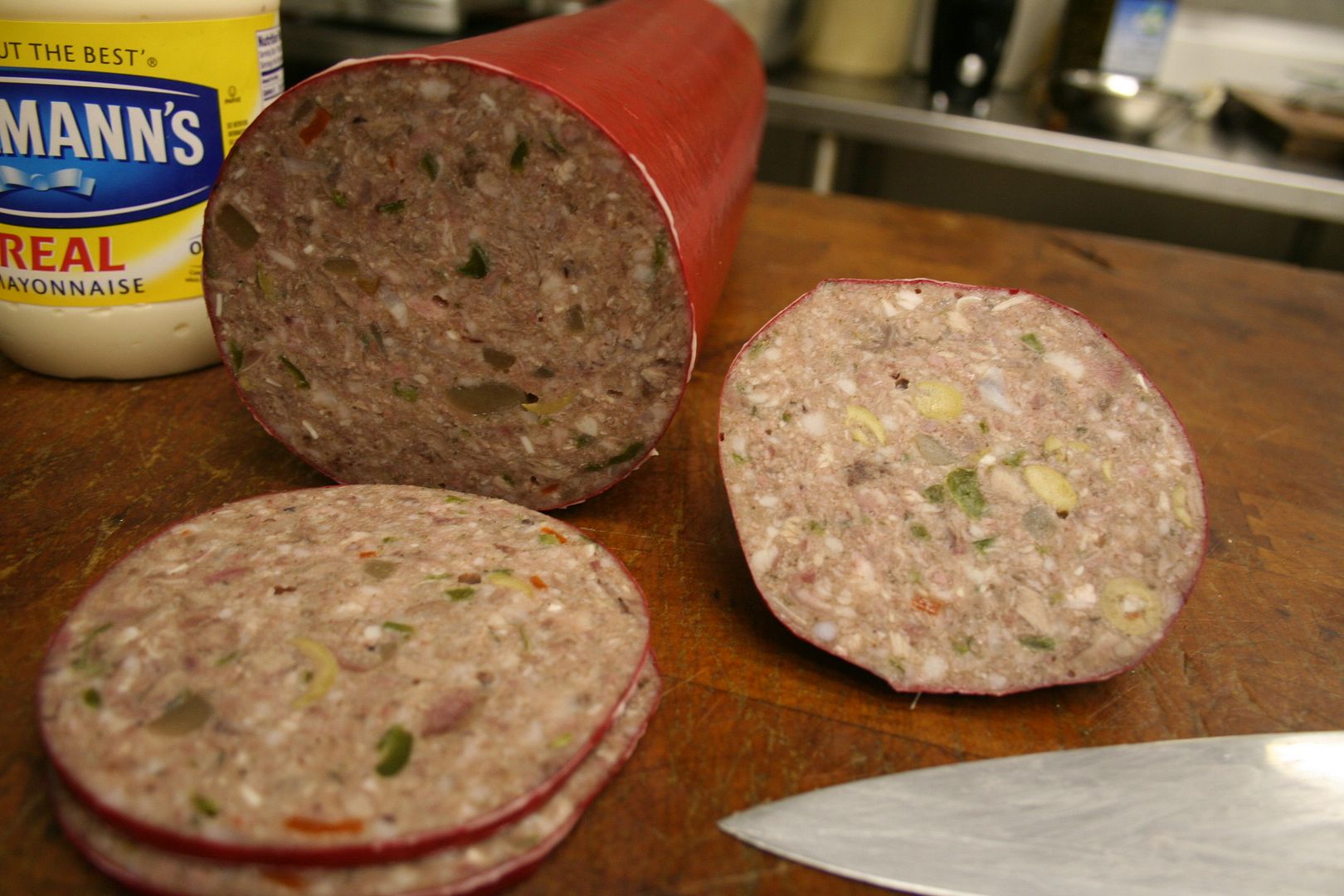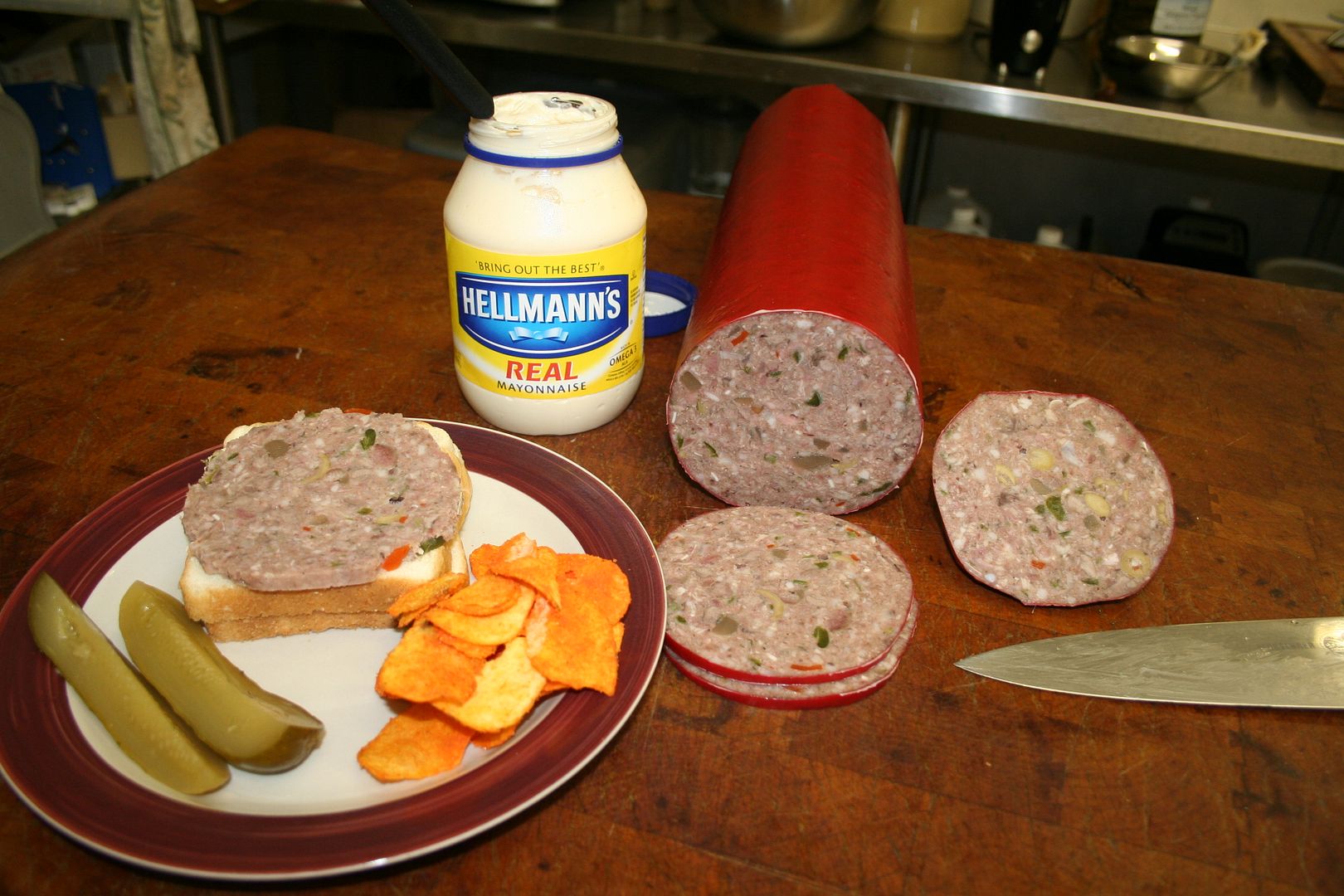Butterbean wrote:
just wondering if in a perfect world these should not be at least blanched before going into the souse or anything else for that matter that will not be cooked again.
Yes, technically it could be a problem because the other ingredients are
not sterile and, although the possibility is extremely remote, it is nevertheless possible for an ingredient from a garden to actually host
clostridium botulinum or any number of any other pathogenic bacteria.
In an anaerobic atmosphere such as an enclosed sausage casing, it is definitely possible for facultative anaerobic pathogenic bacteria to multiply, and unquestionably possible for any obligate anaerobic bacteria to develop. And they do so quickly. Microaerophile bacteria, requiring very little oxygen, may also become active in less than an ideal environment. All you need is lack of oxygen, a moderate temperature, and a nutrient in a moist environment, and presto - you`ve got bugs! Yes, blanching may help solve much of the problem if it is a "long" blanch, but there are some microtoxins from spores, so resistant to heat, that they may even survive boiling water. Heck pal, they've even found a species now that survives nuclear exposure.
One day, some thirty years ago, I got a "bad dose" of my own garden-raised, non-sterile, basil. It put me in the hospital.

I`ve never added "garden" ingredients to sausage since that day. Only "sterile" spices for this old man now. It`s interesting to note that during the Clinton administration, legislation was passed giving suppliers the option of "irradiation", where low-dose gamma rays destroyed any bacteria present. However, the American public has been slow to accept this "sterilization" of spices and herbs. Heck, this process would wipe out virtually all
trichinella spiralis in pork! Yet, Americans are afraid of "irradiation" although it has been proven to be entirely safe.
Butterbean, these days it is bad enough to battle the "old regulars", some of which are the rod-shaped,
bacillus cereus, or the Norwalk virus (
calicivirus), or even the
campylobacters in the lower strains of a species, without worrying about the new guys on the block such as
E-Coli (
E.coli0157:H7) or
shigella. If that weren`t bad enough, we also must be aware of new
parasitic infestation such as
cryptosporidia (crypto).
How do these pathogens get into your food supply? From the ground. You know... the place where animals crap. This completes the cycle as we gather fresh herbs and spices and put it right back into our sausage without being treated.
No, the cooking process will not stop them all, but it sure will help. I just wouldn`t put "fresh" ingredients from your garden into the sausage without cooking them. Even the cooking process won't insure you of 100% microbiological pathogenic destruction. But it will put the odds on your side! Hope this has helped pal.
Best Wishes,
Chuckwagon







